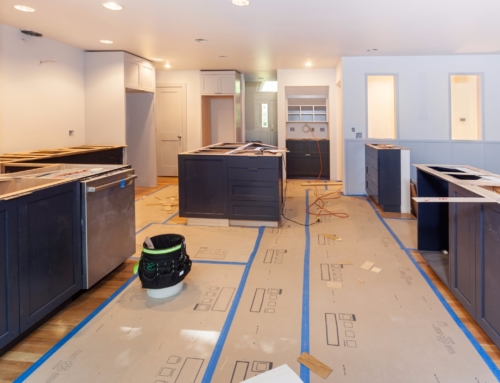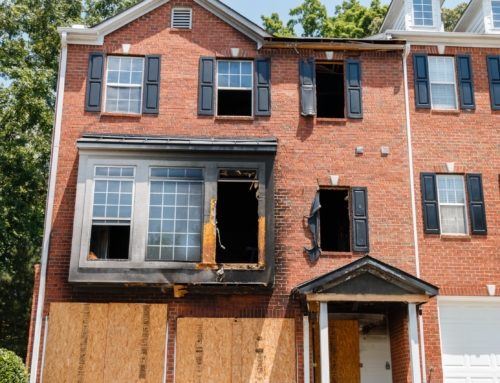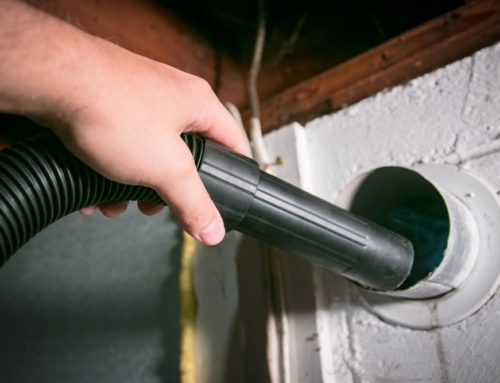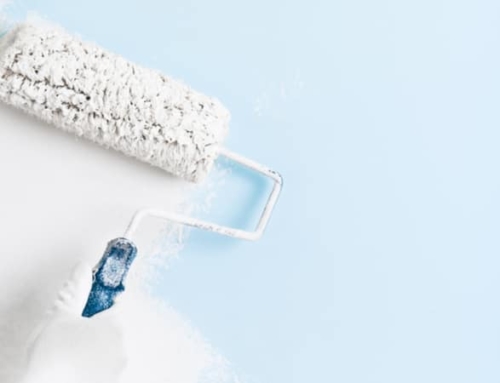Greening your home is no new trend, but what’s in—and what can help you with saving money—is always changing in the real estate market.
From major installations like solar panels to smaller projects like adding spray foam insulation, green home improvements can save you money and make you feel healthier and happier about your carbon footprint.
Start with an audit
If you’re really looking to make your home more energy-efficient, you should look into an energy audit, a rapidly growing area of the green real estate market.
“Energy audits are one of the smartest things you can do for your home,” said Maria Onesto Moran, owner of Green Home Experts, a suburban Chicago shop that sells sustainable building materials, gardening tools, and eco-friendly products. “Most of us wouldn’t remodel our houses without an architectural drawing that gives us a map for the remodel—and that’s what an audit does for weatherizing your home.”
An audit, which costs an average of $400, will not only spot any air leaks and safety issues but will also guide you on which home improvements will provide the best return on investment. There’s really no point to installing an underground geothermal heat system, for example, if the heat you produce is escaping out cracks in your walls.
Weatherize first
Simply sealing cracks and holes in your walls and increasing or replacing insulation are still the most popular green improvements you can make because they cost little and save a lot, said Peter Brown, director of residential services with Earth Advantage Institute in Oregon.
“The easiest and most-cost effective thing you can do is go up to your attic, air seal it, and put in the maximum amount of insulation,” Brown said.
Spray foam insulation, which molds to the space where it is sprayed and eliminates insulation gaps, is quickly becoming a trendy and reliable option.
You can also caulk any cracks or holes in the walls, around windows or doors, or even around electrical outlets to turn your home into an airtight shell. An energy audit will help guide you here.
Think bigger
Part of green remodeling is simply rethinking regular remodeling projects with sustainable and healthier products. Two of the most popular improvements are flooring and countertops, said Onesto Moran.
Homeowners looking for better flooring options can try traditional linoleum or the more eco-friendly Marmoleum. Bamboo flooring is also popular, but stick with the sturdier woven bamboo and watch out for cheap, soft bamboo flooring. Also check out cork, which will probably feel better on your feet when you step out of the bathroom than cold, hard porcelain. Avoid any kind of vinyl flooring because it contains toxic formaldehyde.
With major exterior projects, solar panel installations are becoming more and more popular, beating out geothermal and wind energy—the latter still isn’t cost-effective enough to make its way into the residential mix.
One remodeling project to avoid: window replacement. Replacing your windows simply isn’t worth the cost. Unless you’re really looking for an aesthetic change, window replacements provide so little savings on energy that many homeowners would actually see better results by spending a few dollars caulking than the thousands on windows, Brown said.





